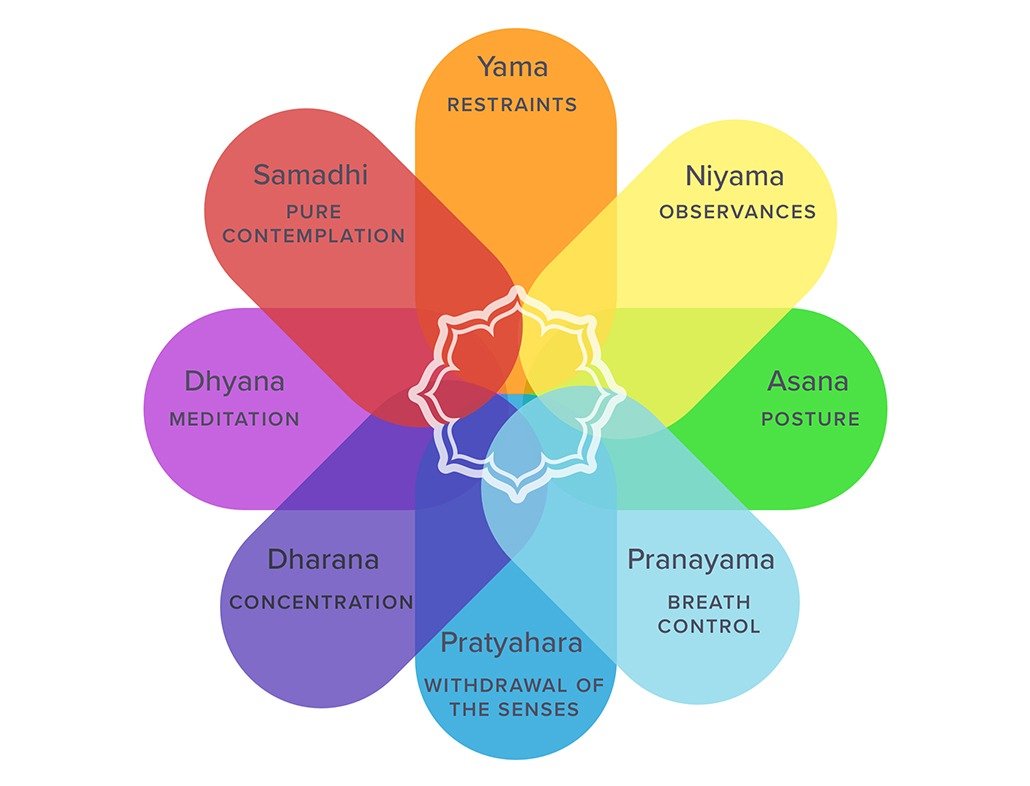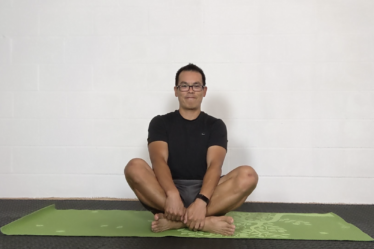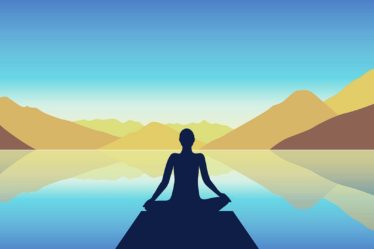
What is Yoga? Well, to answer that, let’s actually back it up a step and answer what it ISN’T:
- Yoga is not handstands and contorting your body and limbs into awkward shapes.
- Yoga is not just for (young, female, thin, flexible, white etc.) people.
- Yoga is not just exercise.
- Yoga is not a religion.
- Yoga is not expensive.
- Yoga is not time consuming.
I realize the irony of these words. Coming from a thin, white, flexible woman who can do handstands and twist into crazy shapes and who also spends a LOT of time practicing yoga, however, go with me on this.
Did any of these misconceptions challenge your perceptions of yoga? Many people, especially in Western cultures, tend to have at least a few of these ideas in their heads — and for good reason. If you google the word yoga, the images you find will 100% support your current beliefs. I hope that by taking a deeper dive into what yoga IS, I can help reframe your thoughts and perhaps show you the whole picture, not just the perfect Instagram post that was so carefully curated to make you want to buy those cute leggings.
Okay, so let’s go back. WAY back to over 2,000 years ago when The Yoga Sutras were written by Patanjali (between 500 and 400 BCE). Yoga had of course been practiced long before this, but the Sutras give us one of the first written collections on the theory and practice of yoga. One of the very first sutras (1.2) states: Yogas citta vrtti nirodha. Yep, I’m 5 blog posts in and I’m already throwing in Sanskrit. There are of course MANY translations of this sutra, but generally, it means that Yoga is the cessation of the fluctuations of the mind. That doesn’t sound like handstands and yoga pants to me.
Also within the Yoga Sutras, Patanjali outlines the 8 limbed path of yoga. The 8 limbs include ALL the ways in which yoga can be practiced (some in conjunction with others) in order to attain the “cessation of the fluctuations of the mind.” We’ll get deeper into this later, but for right now, just know that the 8 limbs include moral tenants on how to treat others and yourself, physical practices, breathing practices, and meditation. Still doesn’t sound like handstands and yoga pants are required.
For some people, a physical practice is NOT required to find this calm and sense of peace in the mind. They can simply practice one (or more) of the other 8 limbs. Others however, need to direct their energy and their focus by moving their body physically in preparation for a more contemplative practice (perhaps a breathing exercise or mediation). So, while there are certainly other health benefits to the physical part of yoga, the true intention is to help bring the mind to stillness.
Don’t get me wrong, I LOVE my physical practice. And yes, it’s fun to be able to do inversions, arm balances, and super flexible, pretzel-like contortions, BUT those aren’t the things that SUSTAIN my practice. What keeps me coming back are the lessons that I learn about myself by incorporating the other 7 limbs into my physical practice AND into my daily life. For me, yoga is a way to live my life. It is a way of being. It is a way of interacting in and with the world.


